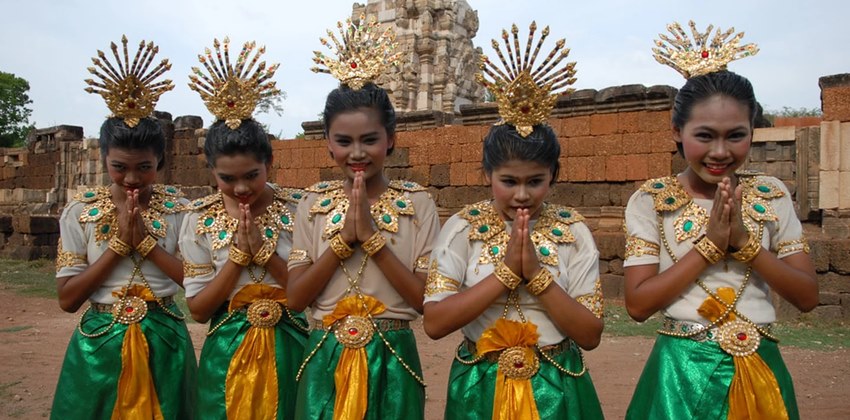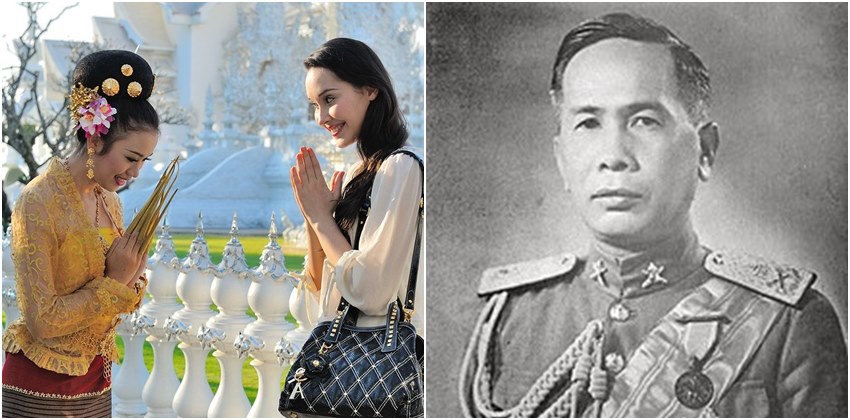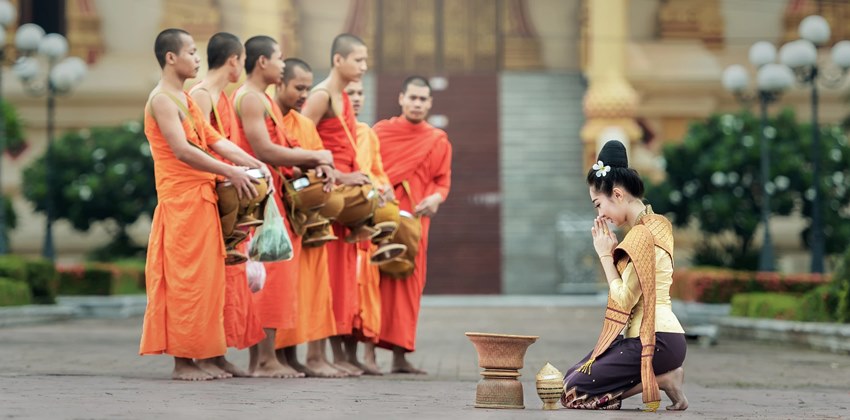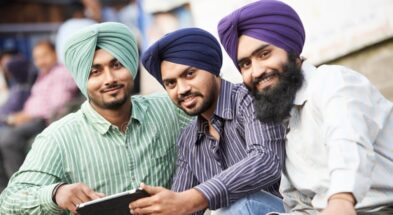When I was watching my first Thai drama,”lakorn”, I curiously noticed the Thai gesture for greeting in Thailand, wai, which was already familiar to me in another name- Namaste.
The hero, a wealthy, young CEO, walked into a business meeting with his palms pressed together and raised to the level of his face. I was amused to see that the Indian namaste had traversed boundaries and was also a part of the Thai culture, and soon realised that the gesture that intrigued me was the “wai”.
Instead of greeting each other with a handshake, Thais usually use the wai, where your hand palms fold together, similar to a praying gesture. The wai is also common in other parts of Southeast Asia, like in the Buddhist countries of Cambodia and Laos. It is not a religious practice but can be part of rituals in religious observance. Wai has its origin in the Indian Añjali Mudrā, like the Indian namaste and Burmese mingalaba.
“Namaste” is a gesture common in Nepal and India, and apart from being a social gesture, it is also a symbol of respect. It originated in Buddhism, with the yogic posture of the palms signifying that the other party is treated as an equal human being as there is an equivalent meeting of the two palms and spread around Southeast Asia through Indianisation.

Along with wai as a greeting or farewell, the phrase “sawat di” is often used. Like many other Thai words, it is derived from the Indian Sanskrit language. This verbal greeting is usually followed by “kha” spoken by a female and by “khrap” spoken by a male person. Evolved out of the Sanskrit svasti, meaning ‘well-being’, it had previously been used in Thai as a formulaic opening to inscriptions.
However, this word, coined in the mid-1930s by Phraya Upakit Silapasan of Chulalongkorn University, was given impetus by the strongly nationalist government of Plaek Phibunsongkhram in the early–1940s. They promoted its use in the government bureaucracy and the wider populace as part of a broader set of cultural edicts to modernise Thailand.

The gesture is a greeting and a sign of respect shown to higher social ranking persons or older people. A more profound bow is being used to convey a higher level of respect and the hands are placed higher. For the King of Thailand, the form of wai would be to bow deeply and place your pressed hands high—thumbs at the top of your head. For monks, hands are folded in front of the forehead, touching thumbs on the forehead, and bowed.
For elders, the hands should be around the nose level, and for lower social ranking people, which in the sense of Thai thinking are children, people younger than one, maids, waiter, and others; the wai is made in front of the chest.
If there is a hindrance to using the hands to do or reply to a wai, one is free to use the body language to pay respect to the opposite. Corporate wai, in places like a supermarket or hotel, is generally replied with a nod or smile and the phrase sawatdi khrap/kha. Instead of bending at the hips, this greeting only requires people to bend their necks, almost like a nod slightly. However, men and women also wai a bit differently, in that women bend their knees and men only slightly bend their heads.

Amporn Marddent, a lecturer in the Cultural Studies Program at the Institute of Liberal Arts, Walailak University, in Nakhon Si Thammarat explains how the Thai Wai is different from all its predecessors. He says, “Many Hindus and Buddhists say prayers with their hands pressed together, using the wai. But the history of the wai also comes from the greeting to show that we are very open, we do not carry any kind of weapon, and we come in peace.”
At all times, the movement is slow and graceful, reflecting the calmness it embodies. He said that though the Thai greeting contains a religious or spiritual meaning, it is also a social one. Traditionally, the wai was observed upon formally entering a house. After the visit is over, the visitor asks for permission to leave and repeats the salutation made upon entering. In addition to such use in spiritual practice and greetings, the Thai Wai has multiple other applications, including dance performances, expressing apologies, gratitude, and even avoiding the wrath of playground bullies.



















